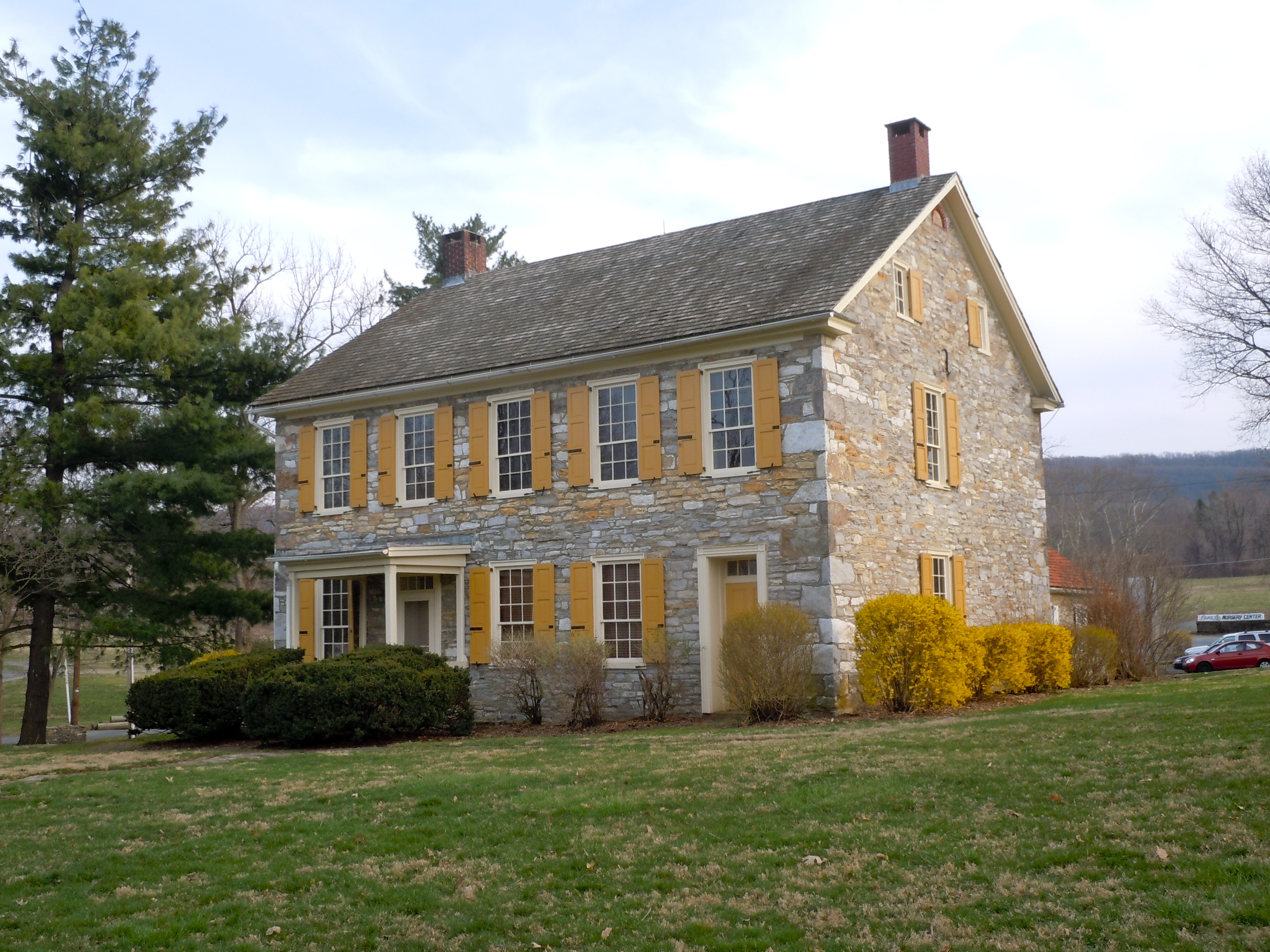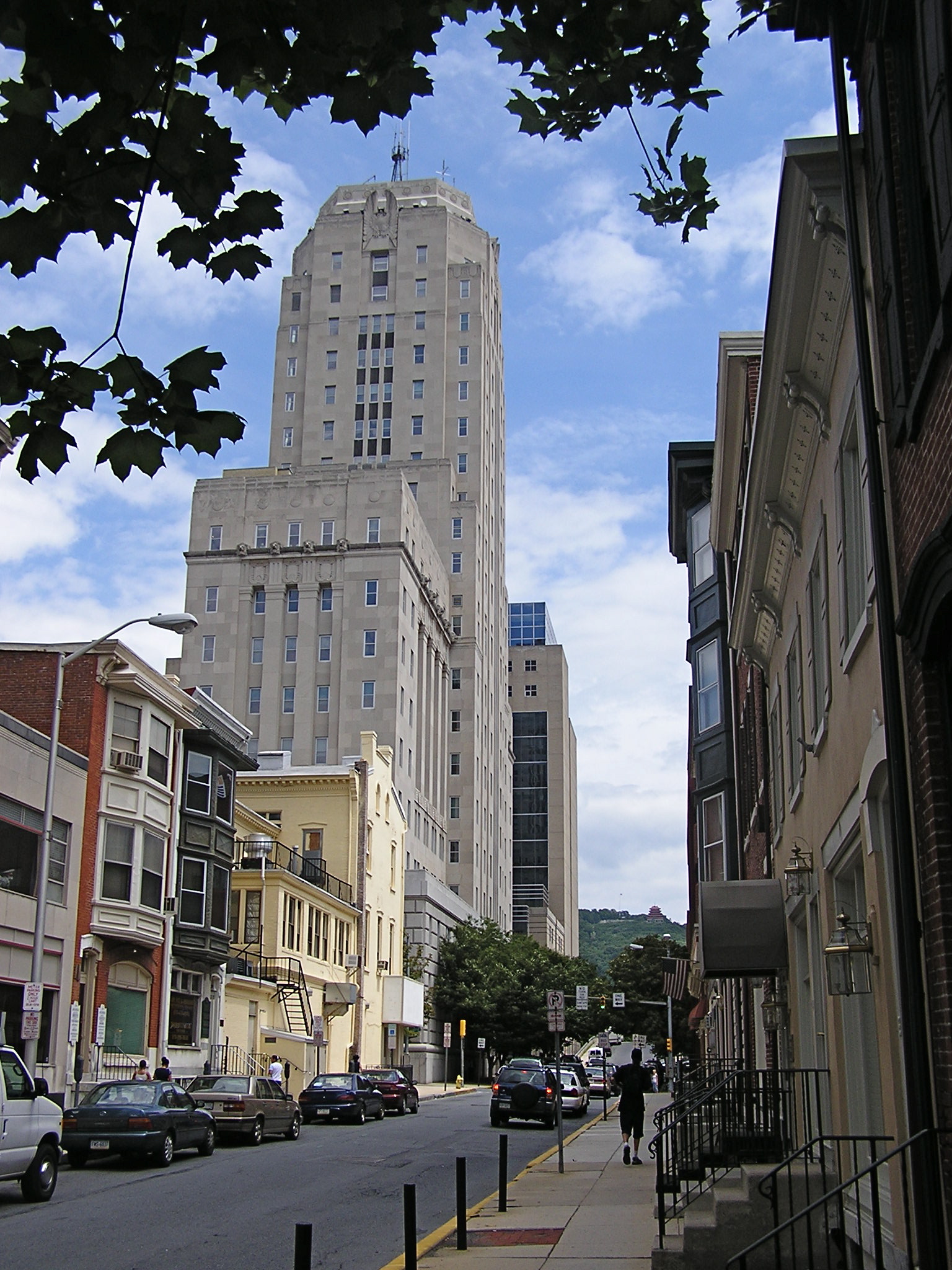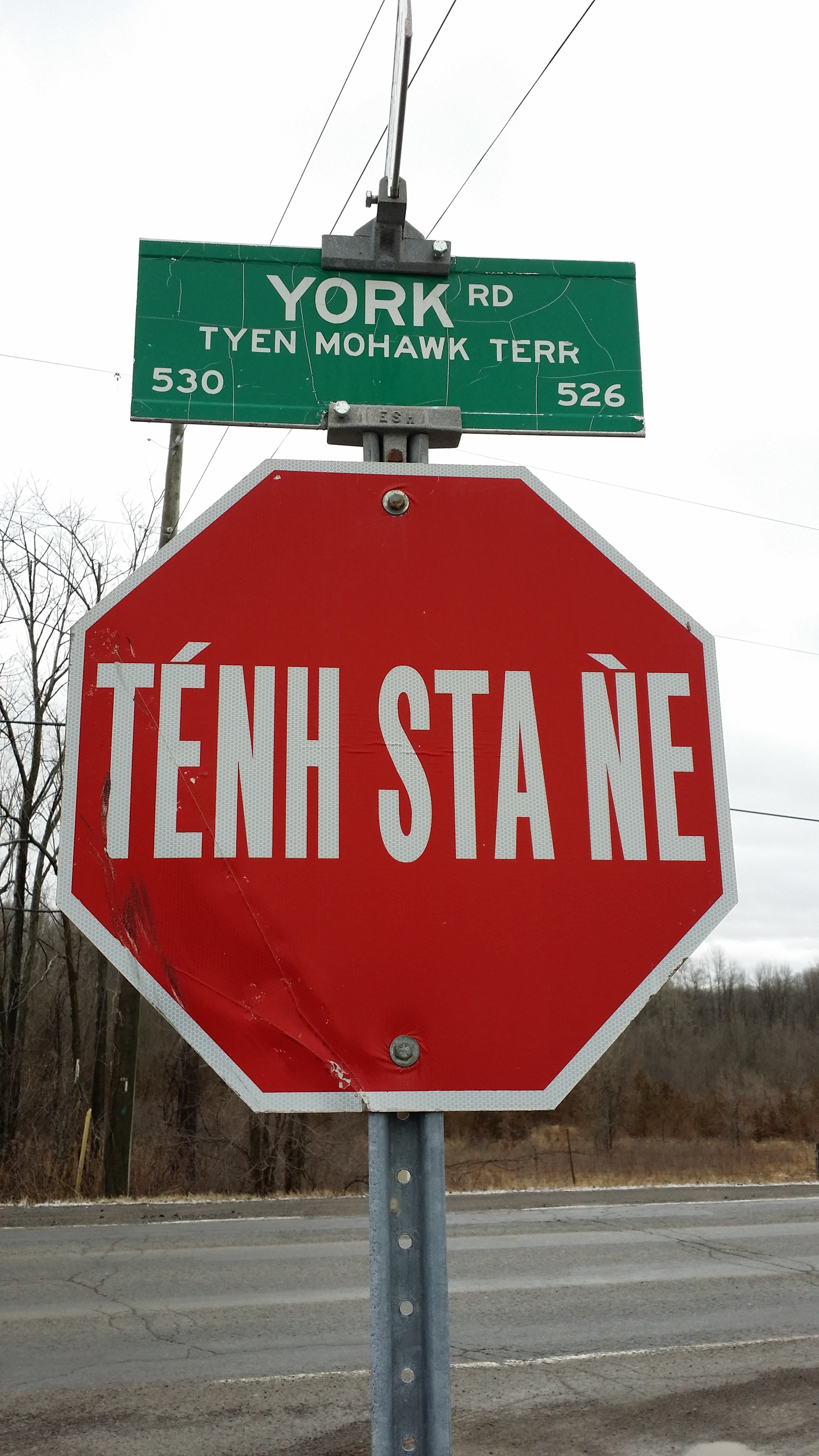|
Conrad Weiser
Conrad Weiser (November 2, 1696 – July 13, 1760), born Johann Conrad Weiser, Jr., was a Pennsylvania German pioneer who served as an interpreter and diplomat between the Pennsylvania Colony and Native American nations. Primarily a farmer, he also worked as a tanner, and later served as a soldier and judge. He lived part of the time for six years at Ephrata Cloister, a Protestant monastic community in Lancaster County. As an emissary in councils between Native Americans and the colonies, especially Pennsylvania, during the late 18th century's tensions of the French and Indian War (Seven Years' War), he contributed to alliances that supported the British effort. Early years Conrad Weiser was born in 1696 in the small village of Affstätt in Herrenberg, in the Duchy of Württemberg (now in Baden-Württemberg, Germany), where his father ( Johann Conrad Weiser Sr.) was stationed as a member of the Württemberg Blue Dragoons. Soon after Conrad's birth, his father was dischar ... [...More Info...] [...Related Items...] OR: [Wikipedia] [Google] [Baidu] |
Herrenberg
Herrenberg (; Swabian German, Swabian: ''Härrabärg'' or ''Haerebärg'') is a town in the middle of Baden-Württemberg, Germany, about 30 km south of Stuttgart and 20 km from Tübingen. After Sindelfingen, Böblingen, and Leonberg, it is the fourth largest town in the district of Böblingen (district), Böblingen. Location Herrenberg is situated on the western edge of the Schönbuch forest and is a central town within the Gäu region. The Stiftskirche, which houses the Glockenmuseum (bell museum), is a tourist attraction in the main square. The following towns and municipalities border Herrenberg. They are listed in clockwise direction beginning in the north: Deckenpfronn, Gärtringen, Nufringen, Hildrizhausen and Altdorf, Böblingen, Altdorf (all Böblingen district), Ammerbuch (Tübingen district), Gäufelden and Jettingen (both Böblingen district) as well as Wildberg, Baden-Württemberg, Wildberg (Calw district). History The once small community Herrenberg was f ... [...More Info...] [...Related Items...] OR: [Wikipedia] [Google] [Baidu] |
Aspach, Baden-Württemberg
Aspach () is a community in the Rems-Murr-Kreis in Germany, near Backnang. Aspach is made up of four, formerly independent villages: Großaspach, Kleinaspach, Allmersbach and Rietenau. In 1972, the four villages joined forces under the name Aspach. The villages were founded between 950BC and 1150BC. Rietenau is home to natural springs and used to be a popular Spa until early 1900. Water from Rietenau is still bottled today. The main village, Großaspach, is the birthplace of Hans Werner Aufrecht, co-founder of AMG Engine Production and Development, more commonly known as AMG, as well as the meaning of the "G" in the name. It is commonly mistaken for being the company's first location, but no AMG office, factory, or research facility has ever been located there - except for the garage, where Aufrecht and Melcher (the M in AMG) started out tuning cars and engines. Sports Großaspach is the home of SG Sonnenhof Großaspach, football club, playing in the Regionalliga Südwest. No ... [...More Info...] [...Related Items...] OR: [Wikipedia] [Google] [Baidu] |
Onondaga (tribe)
The Onondaga people (Onontaerrhonon, Onondaga: , "People of the Hills") are one of the five original nations of the Haudenosaunee (Iroquois) Confederacy in the Northeastern Woodlands. Their historical homelands are in and around present-day Onondaga County, New York, south of Lake Ontario. Being centrally located, they are considered the "Keepers of the Fire" ( in Tuscarora) in the figurative longhouse that shelters the Five Nations. The Cayuga and Seneca have territory to their west and the Oneida and Mohawk to their east. For this reason, the League of the Iroquois historically met at the Iroquois government's capital at Onondaga, as the traditional chiefs do today. In the United States, the home of the Onondaga Nation is the Onondaga Reservation. Onondaga people also live near Brantford, Ontario on Six Nations territory. This reserve used to be Haudenosaunee hunting grounds, but much of the Confederacy relocated there as a result of the American Revolution. Althoug ... [...More Info...] [...Related Items...] OR: [Wikipedia] [Google] [Baidu] |
Shikellamy
Shikellamy (1680 - December 6, 1748), also spelled Shickellamy and also known as Swatana, was an Oneida chief and overseer for the Iroquois confederacy. In his position as chief and overseer, Shikellamy served as a supervisor for the Six Nations, overseeing the Shawnee and Lenape tribes in central Pennsylvania along the Susquehanna River and protecting the southern border of the Iroquois Confederacy. While his birth date is not known, his first recorded historical appearance was in Philadelphia in 1728. In 1728 he was living in a Shawnee village in Pennsylvania near modern Milton, and moved in 1742 to the village of Shamokin, modern day Sunbury, at the confluence of the West and North Branches of the Susquehanna. Shikellamy was an important figure in the early history of the Province of Pennsylvania and served as a go-between for the colonial government in Philadelphia and the Iroquois chiefs in Onondaga. He welcomed Conrad Weiser to Shamokin and served as Weiser's guide on his ... [...More Info...] [...Related Items...] OR: [Wikipedia] [Google] [Baidu] |
Reading, Pennsylvania
Reading ( ; ) is a city in Berks County, Pennsylvania, United States, and its county seat. The city had a population of 95,112 at the 2020 United States census, 2020 census and is the List of municipalities in Pennsylvania, fourth-most populous city in Pennsylvania after Philadelphia, Pittsburgh, and Allentown, Pennsylvania, Allentown. Reading is located in the southeastern part of the state and is the principal city of the Berks County, Pennsylvania, Greater Reading area, which had 420,152 residents in 2020. Reading gives its name to the now-defunct Reading Company, also known as the Reading Railroad and since acquired by Conrail, that played a vital role in transporting anthracite coal from Pennsylvania's Coal Region to major East Coast of the United States, East Coast markets through the Port of Philadelphia for much of the 19th and 20th centuries. Reading Railroad is one of the four railroad properties in the classic U.S. version of the ''Monopoly (game), Monopoly'' board ga ... [...More Info...] [...Related Items...] OR: [Wikipedia] [Google] [Baidu] |
Susquehanna River
The Susquehanna River ( ; Unami language, Lenape: ) is a major river located in the Mid-Atlantic (United States), Mid-Atlantic region of the United States, crossing three lower Northeastern United States, Northeast states (New York, Pennsylvania and Maryland). At long, it is the longest river on the East Coast of the United States. By Drainage basin, watershed area, it is the 16th-largest river in the United States,Susquehanna River Trail Pennsylvania Fish and Boat Commission, accessed March 25, 2010.Susquehanna River , Green Works Radio, accessed March 25, 2010. and also the longest river in the early 21st-century continental United State ... [...More Info...] [...Related Items...] OR: [Wikipedia] [Google] [Baidu] |
Iroquois
The Iroquois ( ), also known as the Five Nations, and later as the Six Nations from 1722 onwards; alternatively referred to by the Endonym and exonym, endonym Haudenosaunee ( ; ) are an Iroquoian languages, Iroquoian-speaking Confederation#Indigenous confederations in North America, confederacy of Native Americans in the United States, Native Americans and First Nations in Canada, First Nations peoples in northeast North America. They were known by the French during the Colonial history of the United States, colonial years as the Iroquois League, and later as the Iroquois Confederacy, while the English simply called them the "Five Nations". Their country has been called wikt:Iroquoia, Iroquoia and Haudenosauneega in English, and '':fr:Iroquoisie, Iroquoisie'' in French. The peoples of the Iroquois included (from east to west) the Mohawk people, Mohawk, Oneida people, Oneida, Onondaga people, Onondaga, Cayuga people, Cayuga, and Seneca people, Seneca. After 1722, the Iroquoian-sp ... [...More Info...] [...Related Items...] OR: [Wikipedia] [Google] [Baidu] |
Mohawk Language
Mohawk () or ('[language] of the Flint Place') is an Iroquoian languages, Iroquoian language currently spoken by around 3,500 people of the Mohawk people, Mohawk nation, located primarily in current or former Haudenosaunee territories, predominately Canada (southern Ontario and Quebec), and to a lesser extent in the United States (western and northern New York (state), New York). The word "Mohawk" is an exonym. In the Mohawk language, the people say that they are from ('Mohawk Country' or 'Flint Stone Place') and that they are ('People of the Flint Stone Place' or 'People of the Flint Nation'). The Mohawks were extremely wealthy traders, as other nations in their confederacy needed their flint for tool-making. Their Algonquian-speaking neighbors (and competitors), the People of ''Muh-heck Heek Ing'' ('food-area place'), a people called by the Dutch "Mohicans" or "Mahicans", called the People of Ka-nee-en Ka "Maw Unk Lin" or 'Bear People'. The Dutch heard and wrote that as "Mo ... [...More Info...] [...Related Items...] OR: [Wikipedia] [Google] [Baidu] |
Mohawk Nation
The Mohawk, also known by their own name, (), are an Indigenous peoples of the Americas, Indigenous people of North America and the easternmost nation of the Haudenosaunee, or Iroquois Confederacy (also known as the Five Nations or later the Six Nations). Mohawk are an Iroquoian languages, Iroquoian-speaking people with communities in southeastern Canada and northern New York (state), New York State, primarily around Lake Ontario and the St. Lawrence River. As one of the five original members of the Iroquois Confederacy, the Mohawk are known as the Keepers of the Eastern Door who are the guardians of the confederation against invasions from the east. Today, Mohawk people belong to the Mohawk Council of Akwesasne, Mohawks of the Bay of Quinte First Nation, Mohawks of Kahnawà:ke, Mohawks of Kanesatake, Six Nations of the Grand River, and Saint Regis Mohawk Tribe, a federally recognized tribe in the United States. At the time of European contact, Mohawk people were based in th ... [...More Info...] [...Related Items...] OR: [Wikipedia] [Google] [Baidu] |
Mohawk River
The Mohawk River is a U.S. Geological Survey. National Hydrography Dataset high-resolution flowline dataThe National Map accessed October 3, 2011 river in the U.S. state of New York (state), New York. It is the largest tributary of the Hudson River. The Mohawk flows into the Hudson in Cohoes, New York, a few miles north of the state capital of Albany, New York, Albany.Mohawk River , The Columbia Gazetteer of North America The river is named for the Mohawk Nation of the Iroquois, Iroquois Confederacy. A major waterway, in the early 19th century, the river's east-west valley provided the setting and water for development of the Erie Canal, as a key to developing New York. The largest tributary, the Schoharie Creek, accounts for over one quarter (26.83%) of the Mohawk River's Drainage basin, watershed. Another main tributary is the West Canada ... [...More Info...] [...Related Items...] OR: [Wikipedia] [Google] [Baidu] |
Schoharie Valley
The Schoharie Valley is a corridor that runs through Schoharie County from Schoharie, New York to Gilboa, New York. Geography The Schoharie Valley is made up of plains surrounding the Schoharie Creek. Within the Schoharie Valley are the towns of Middleburgh, Schoharie, Fulton, and the Hamlet of Breakabeen. Vroman's Nose is an isolated mound of bedrock created by glaciers fity thousand years ago. The Valley is cut in the middle by NYS Route 30. History The Schoharie Valley was colonized by the British in the early eighteenth century. However, the majority of the settlers were Dutch or Germans. The Schoharie Valley was famous for its role in the American Revolution. Battles in the Valley included those in Breakabeen, at the Old Stone Fort, and the Battle of the Lower Fort. The Valley was ransacked by Tories and loyal Indian forces during the latter portion of the war. The Schoharie Valley's main fortress, the Old Stone Fort was used as an armory during the American Ci ... [...More Info...] [...Related Items...] OR: [Wikipedia] [Google] [Baidu] |
Mohawk Valley
The Mohawk Valley region of the U.S. state of New York is the area surrounding the Mohawk River, sandwiched between the Adirondack Mountains and Catskill Mountains, northwest of the Capital District. As of the 2010 United States Census, the region's counties have a combined population of 622,133 people. In addition to the Mohawk River valley, the region contains portions of other major watersheds such as the Susquehanna River. The region is a suburban and rural area surrounding the industrialized cities of Schenectady, Utica and Rome, along with other smaller commercial centers. The area is an important agricultural center and encompasses the heavily forested wilderness areas just to the north that are part of New York's Adirondack Park. The Mohawk Valley is part of a natural passageway connecting the Atlantic Ocean, by way of the Hudson Valley, with the interior of North America. Native American Nations of the Iroquois Confederacy lived in the region. In the 17th ce ... [...More Info...] [...Related Items...] OR: [Wikipedia] [Google] [Baidu] |










